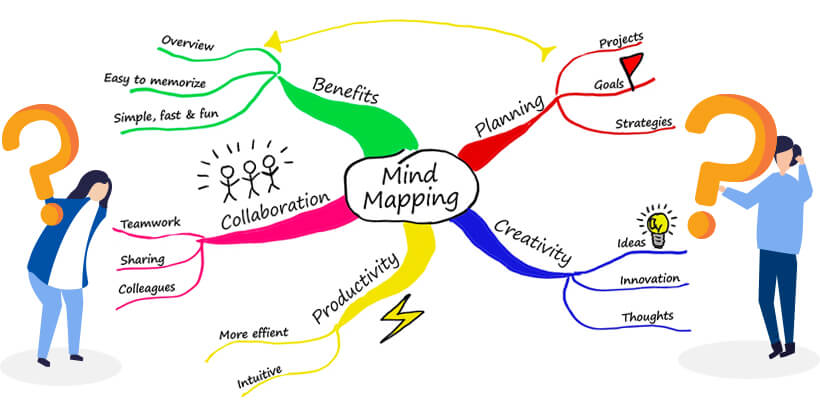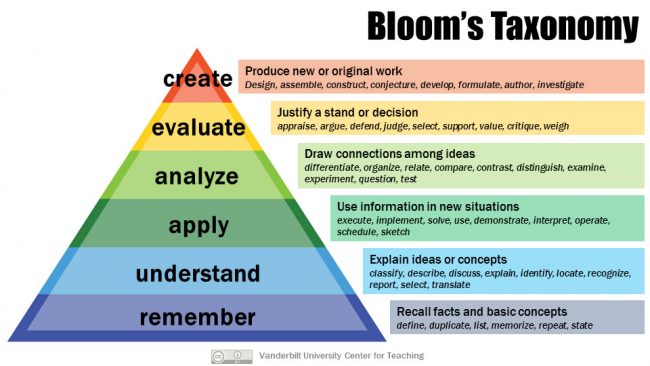The ability to easily recover from or adjust to misfortune or change; nature has great examples (i.e. palm trees, roses growing through concrete, YOU etc.)
What is resilience?
mnemonic acronym for goal setting; stands for specific, measurable, achievable, relevant, time- bound
What are S.M.A.R.T. goals?
An experienced or trusted advisor; in college this can be faculty, club advisor, academic advisor, etc.
What is a mentor?
Draw the format for Cornell Notes.

Which is growth mindset? Which is fixed mindset?
-With effective strategies and time, people can improve their skills and aptitudes.
-Everyone is born with certain skills and aptitudes.
-With effective strategies and time, people can improve their skills and aptitudes.(growth)
-Everyone is born with certain skills and aptitudes.
(fixed)
The passion and perseverance for long- term goals; transformed into the acronym Growth, Resilience, Instinct, and Tenacity.
What is GRIT?
What is(are) your preferred learning style(s)?
*answers will vary
Name 2 examples of General Education courses.
SLS1101- Preparing for College Success, ENC1101- English Composition, etc.
Draw an example mind map. 100- 300 bonus points available for creativity (open to interpretation).

Is this student performance-goal oriented or learning- goal oriented?
"I see the opportunity to share ideas and ask questions as a way to gain knowledge quickly. In a classroom discussion I ask for clarification immediately if I don't quite understand what is being discussed. I am not too worried about what others think since I really want to learn."
learning- goal oriented
The tendency humans have to give more importance to negative experiences than to positive or neutral experiences.
What is negativity bias?
According to Howard Gardner’s theory of intelligence, what are the 8 different learning styles? (*700 points if you can name all 8 & 300 if you name 3)
Visual- spatial, auditory (musical), bodily- kinesthetic, read/write (verbal- linguistic), logical- mathematical, interpersonal, intrapersonal, naturalistic
What does your textbook mean by the idea that college has ‘hidden’ curriculum?
The expectations college professors have regarding what students should be doing before, during, and after class to learn course materials (I.e. sending an e-mail when you have to miss class, so you do not fall behind in course material).
A scholarly article or work that is evaluated by individuals considered experts in the same discipline or field of study the work is written in
What is a peer- reviewed article?
Is this student performance-goal oriented or learning- goal oriented?
"I only say things in a classroom discussion when I know it will make me look intelligent. If I do ask a question about something that I really don't know the answer to, it is because I am afraid that my lack of understanding will result in a poor performance on an exam."
performance-goal oriented
What is the difference between a growth and fixed mindset?
A fixed mindset means you believe intelligence, talent, and other qualities are innate and unchangeable. If you're not good at something, you typically think you will never be good at it. By contrast, a growth mindset means you believe intelligence and talent can be developed with practice and effort.
Come up with an example of a SMART short- term & long-term goal.
*answers will vary
Give an example of ‘hidden’ curriculum.
Before class: Read the assigned chapter, take notes, record any questions you have about the reading.
During class: Take detailed notes, ask critical thinking or clarifying questions, avoid distractions, bring your book and your reading notes.
After class: Reorganize your notes in relation to your other notes, start the studying process by testing yourself on the material, make an appointment with your professor if you are not clear on a concept.
Absent: Communicate with the professor, get notes from a classmate, make sure you did not miss anything important in your notes.
What is the SQ3R reading strategy? What do the letters stand for?
SQ3R is a reading comprehension method named for its five steps: survey, question, read, recite and review
Learning or performance- goal oriented?
Student 1: Avoids work that is challenging, will take the “easy A” route by relying on what you already know
Student 2: actively seeks challenging assignments, will put effort into using the assignment to expand on what you already know; good grades are important, but learning is more important
Student 1: performance- goal- oriented
Student 2: learning- goal oriented
What is the difference between performance and learning goals?
The purpose of a learning goal is to stimulate one’s imagination, to engage in discovery, and to “think outside the box.” The purpose of a performance goal is to choose to exert effort and to persist in the attainment of a desired objective or outcome using the knowledge one already possesses.
DAILY DOUBLE: Bloom’s taxonomy lists 6 “levels” of learning. List those levels correctly from lowest to most advanced?
Remember, understand, apply, analyze (critical thinking), evaluate (critical thinking), create (critical thinking)

When it comes to time management, what are the differences between the following 2 techniques:
-Eat the Frog
-Daily Top Three
-Daily Top 3: Each day you pick your top three priorities for the day and focus your time and efforts on making sure they get done.
-Eat the Frog: when you do your most important and most difficult task first before doing anything else
What is the difference between a bibliography and an annotated bibliography?
A bibliography usually just includes the bibliographic information (i.e., the author, title, publisher, etc.). An annotation is a summary and/or evaluation. Therefore, an annotated bibliography includes a summary and/or evaluation of each of the sources.
DAILY DOUBLE: Change this fixed mindset to a growth mindset.
"When I make a mistake, I tend to hide or make excuses for my mistakes. I easily am discouraged and frustrated by failures."
*something similar to
"When I make a mistake, I take ownership of my mistake. I understand that failures often lead to learning and long- term success."